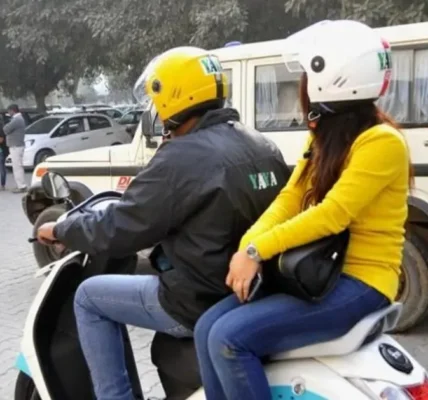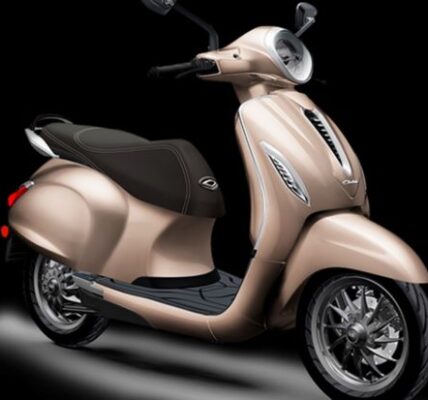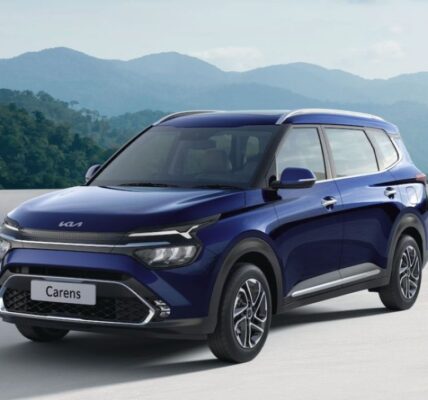The Goods and Service Tax Council needs to remove the existing discrepancies for electric vehicles and their components, SUN Mobility’s co-founder Chetan Maini said. In an interview with DH’s Anjali Jain, Maini, who had founded India’s first electric car maker Reva (which was later acquired by Mahindra), spoke about SUN Mobility’s expansion plans, and said that the industry is expecting a comprehensive EV policy from the government.
Edited excerpts.
What does the industry want from the proposed policy regulations?
There are 3-4 areas where a level playing field does not exist. If you buy a vehicle, without the batteries, the battery cost is 18%. And the vehicle cost is 5%. But together, the whole thing is taxed at 5%. There’s a 13% higher taxation on the battery.
This also then ends up being in terms of GST that a customer pays if GST on the services for swapping income comes down to 5%. If an auto driver is paying 18% tax per swap, going electric doesn’t make sense. So the swapping and charging services should come down to 5%. It’s just a tax anomaly.
The other part is the subsidy where again, the vehicle with the battery is subsidized but if a customer signs up for a subscription plan for swapping for the same vehicle, there is no subsidy. The government recognizes there’s an anomaly here and that the subsidies independently should come to the customer. We’re hoping that the policy first gets this in place, which brings a level playing field, and that will accelerate the adoption of electric mobility.
How can the use of renewable energy at swap stations be encouraged?
We’re waiting for more clarity on some of the policies, like around open access to renewable energy which differs from state to state. Our goal is over a period of time, at least 80% of our energy is renewable. We are working with the government to see how policies can enable that.
A lot of battery manufacturers have cropped up in the country owing to government subsidies. Do you think this is sustainable or will we see consolidation of the market anytime soon?
This new safety policy is going to drop a lot of fly by night operators who don’t have technology, people who are importing stuff from other countries and just trying to put it together. Which is good, because then it brings long term players who are very more sophisticated, more committed. New players will come, but they’re going to be more real players, because they realize that this needs investment, so we’ll do it correctly.
Why isn’t there a battery swapping infrastructure for cars yet?
Two and three wheeler constitute almost 75-80% of the vehicles in India, while cars are 17-18% of the market. 2-3% are the light commercial vehicles, heavy commercial vehicles and buses and trucks. Companies in India, including us, have chosen two and three wheelers because that’s 80% of the market and it was easier to enter. We also focus on buses and trucks, which is still in the early stages, but it is our focus because while they constitute only 3% of the fleet, they are using 50% of the energy, so it makes a lot of sense to be in a space with the emissions and the energies and adapt.
In personal mobility, a person is averaging 40 kilometers a day, or up to 1,000 a year, so it doesn’t make business sense. But for taxis, it makes a lot of sense because they’re doing 150 kilometers per day. However, the market is still small, maybe 3.62% of the market size. And it will all in time progress. But I would think it’d be more on the taxi side, not on personal mobility.
How big is SUN Mobility’s swa-pping infrastructure right now?
Today we have around 515 stations right in the cities of the country and each of the stations have a capacity of around 200 swaps per day, bringing it to over 1,00,000 swaps a day. And that’s far more than any player or probably more than all players in the country. In terms of kilometers, we’ve crossed 150 million kilometers in terms of swaps and completed 7 million swaps.
What is the company’s vision for the future?
By 2025, we’d like to have a million vehicles on our platform, so our goal is to work towards that at a quantum number. The second is taking the solution global. We’ve already now partnered with the Philippines, we’re testing in South Africa, South America, in parts of Europe, and will be in Africa shortly. Because the challenges you see in India are the same in these developing countries. And India has an opportunity to lead and in many of these places Indian OEMs already have the majority market share.








